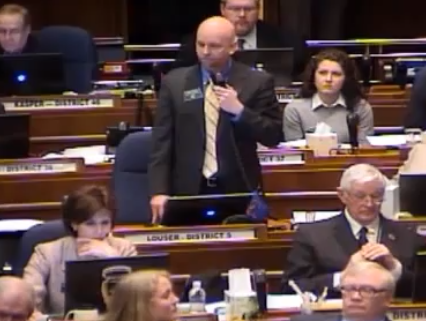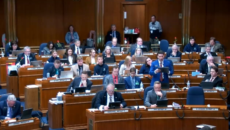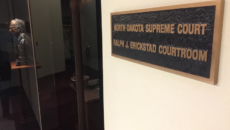Guest Post: Give State Employees A Choice On Pensions

HB 1452 was originally introduced and ultimately amended with a Do Pass recommendation out of committee and received a similar Do Pass on the floor of the House late last week. The bill provides the option for newly hired state employees to direct the state as to into which retirement plan they would prefer to be enrolled.
The current North Dakota Public Employees Retirement System (PERS) Defined Benefit (DB) plan is shy of meeting its future obligations by approximately $850 million. HB 1452 is a step in the direction of correcting the broken model by offering newly hired employees the irrevocable election of entering into a Defined Contribution (DC) at or near the time of hire. Both plans have perceived and real benefits which are often debated. This post however is in reference to some confusion on the fiscal note prepared with the bill.
Readers may notice that the fiscal note was exactly the same for the next two biennia (to the dollar). This requires experts to make their best guess with reference to how many employees might make the election, when will it may occur, what are the anticipated rates of return for the fund, how long might those employees be employed, etc. In fact, it is near impossible to make those guesses. The bill does NOT require the perceived shortfall to be reimbursed by increased contributions; the fiscal note only references what it would take to keep the current pace under the same set of current assumptions.
Also, the fiscal note fails to reference the fact that employees opting into the DC plan necessarily remove themselves as a future liability of the DB plan upon retirement. Ironically enough, the very existence of the fiscal note highlights the fact that new and future hires’ contributions are paying for current and future retirees’ benefits. By electing a DC plan, the asset belongs solely to the employee (actually both the employee and employer sides of the contributions made in their name). Passage of this bill is a responsible step towards solving a massive future fiscal problem for our states’ taxpayers. It reduces future liabilities while giving both freedom and responsibility to those that so choose with regards to their own retirement plan.







